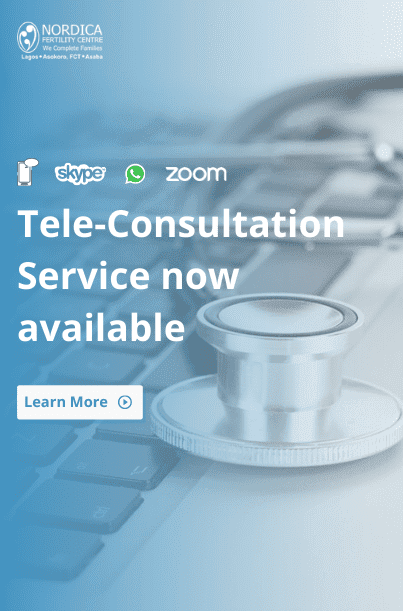10 Things Every Woman Should Know About Fibroids
10 Things Every Woman Should Know About Fibroids

Fibroid tumors are benign (non-cancerous) growths that appear on the muscular wall of the uterus. They range in size from microscopic to masses that fill the entire abdominal cavity, in some cases, as large as a five month pregnancy.
Below are 10 Things every woman should know about Fibroid:
- Uterine fibroids can affect women of all ages, but are most common in women ages 40 to 50.
- Depending on size, location and number of fibroids, common symptoms include: pelvic pain and pressure; excessive bleeding, including prolonged periods and passage of clots, which can lead to anemia; abdominal swelling; pressure on the bladder, leading to frequent urination; pressure on the bowel, leading to constipation and bloating; Infertility.
- Uterine fibroid tumors are estrogen dependent; they thrive on estrogen. In fact, uterine fibroid tumors never develop before the onset of menstruation when the female body begins producing estrogen. During pregnancy, fibroid tumors often grow extremely fast due to the extra estrogen produced by the body during pregnancy. Most women who have fibroid tumors and who are able to wait until after menopause discover their uterine fibroid tumors shrink and disappear once estrogen production stops in the body.
- It is extremely rare that uterine fibroid tumors are cancerous.
- Fibroids are diagnosed with an ultrasound in their gynecologist’s office. Magnetic Resonance Imaging (MRI) is also used to determine how fibroids can be treated and provide information about any underlying disease.
- Uterine fibroids can be treated with surgery, including hysterectomy, which removes the entire uterus, and myomectomy, which removes the fibroids but leaves the uterus. Both are major surgeries.
- Over 50 percent of women who get hysterectomies have their ovaries removed, rendering them infertile.
- Embolization has emerged as the safest, simplest, cost effective way to treat fibroids. Embolization requires a very small incision. Embolization basically cures fibroids by starving them.
- Uterine Fibroid Embolization has an overall success rate of 94 percent.
- Recurrence after embolization has not occurred. This is one of its major advantages over myomectomy, where fibroids which have been surgically removed often grow back.



